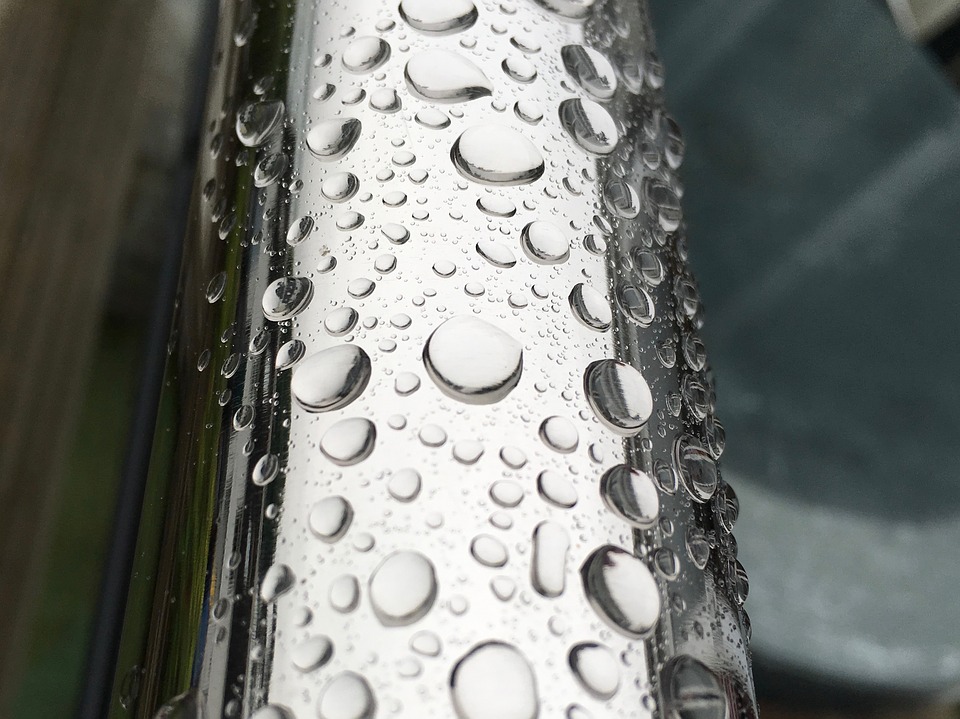Passivation is a post-fabrication process that is performed after grinding, welding, cutting and other machining operations that manipulate stainless steel. Under ideal conditions, stainless steel naturally resists corrosion, which might suggest that passivating would be unnecessary.
UCC uses a variety of oxidizing chemical processes that will result in making orrosion resistant alloys corrosion resistant. Using passivation oxidizing mixtures featuring Citric Acid, an environmentally safe and minimally hazardous acid is a primary chemical passivation method. Alternatively, we will passivate metal surfaces with Nitric Acid when required. This process allows us to passivate by removing the free iron from stainless steel which allows a protective thick layer of a dense oxide barrier to be created and deposited on the non-ferrous metal surface, which then prevents additional corrosion.
Under normal, realistic conditions, however, any of the following can inhibit the formation of the oxide film that protects against corrosion:
- Foreign material in a manufacturing environment (shop dirt, grinding swarf)
- Sulfides added to the stainless steel for improved machinability
- Particles of iron from cutting tools embedded in the surface of stainless steel parts.
Such contaminants must be removed down to the surface grain boundaries to restore a uniformly corrosion-resistant surface. The passivation process corrects these issues.
Many passivation specifications (ASTM A967, AMS 2700) require the proper process to passivate stainless steel, titanium and other materials. The following phases are common to nearly all the specifications:
- Clean – Remove any contaminants from the surface, such as grease and oils.
- Passivate – Perform chemical treatment via immersion in an acid bath, typically nitric acid or citric acid.
- Test – Test the newly passivated stainless steel surface to ensure effectiveness of the process steps.
Some specifications call for adding sodium dichromate to the nitric acid bath to provide more rapid formation of the oxide layer or passivation film.
Length of time of immersion in the acid tank is typically 20 – 30 minutes. Temperature specifications for the acid can vary, depending on the grade of stainless steel and the acid chemistry, but typically fall between 120 – 150 °F.



